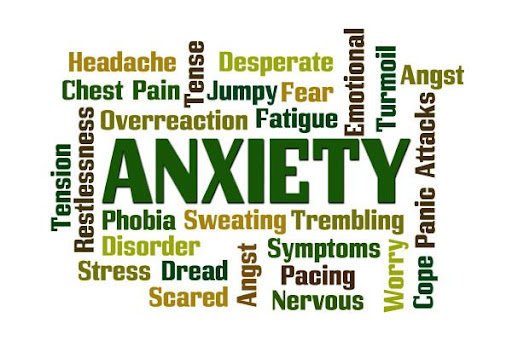Fortnightly Focus – Anxiety

Anxiety is a feeling of unease, such as worry or fear, that can be mild or severe. Everyone has feelings of anxiety at some point in their life.
Symptoms
- Feeling nervous, restless or tense.
- Having a sense of impending danger, panic or doom.
- Having an increased heart rate.
- Breathing rapidly (hyperventilation)
- Sweating.
- Trembling.
- Feeling weak or tired.
- Trouble concentrating or thinking about anything other than the present worry.
Strategies
- Validate Student Feelings. For instance, saying, “If I was afraid I might look silly, I’d be worried about raising my hand too,” may reduce the impact of anxiety and help a student relax, develop trust, and feel understood. Do not shame anxious students.
- The 333 Rule. This exercise asks that you find three examples of what you can see, hear, and touch within your current environment. While this method is short and simple, you should really take your time when focusing on each of the items you identify. This technique is not meant to be rushed.
- Mindfulness. Encourage them to practice simple deep breathing exercises, use positive self-talk and mantras. Simple seated stretches are great when engaging in discussion.
- Discussion. Asking what coping skills they have and help them to create a coping toolbox. You can suggest ideas like: Calling a friend, getting some exercise, watching a funny movie, fresh air, keeping a journal, using their 5 senses, reading and other distractions.
Referral
When children fail to outgrow and cope with normal feelings of worry and fear they can develop into disorders. There are several types of anxiety disorders, including separation anxiety disorder, panic disorder, social anxiety disorder, and various phobia-related disorders.
If you feel your child is failing to cope please see your GP.

